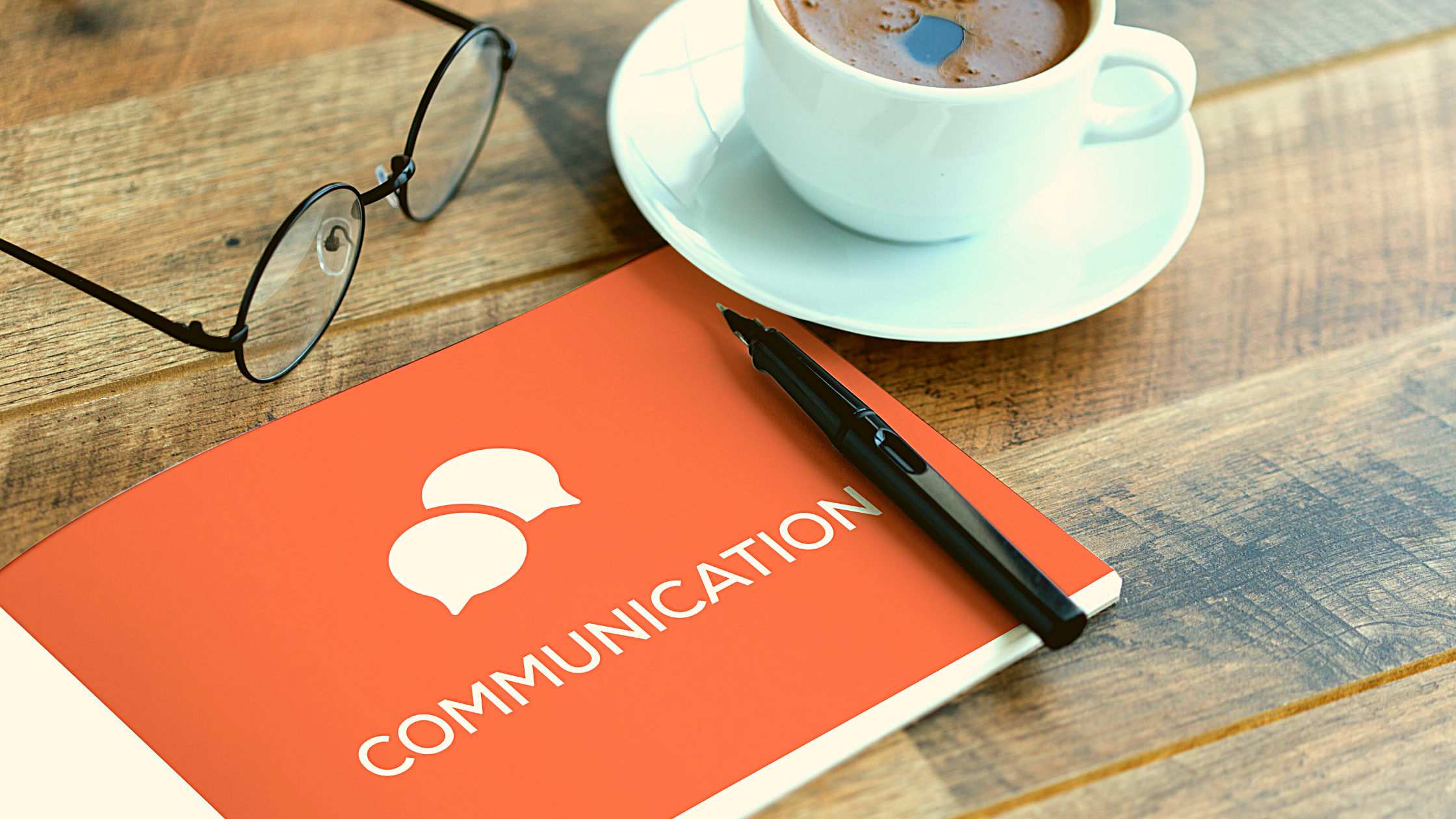If you want to make people look and feel good, while building trust quickly, the best way to do it is through active listening and observation. Not just listening with your ears, but also listening with your eyes.
And if this sounds like common sense, it really is, yet one of the most difficult things for people to do today through all the “noise.”
Why is listening so important and why will it attract people to you?
People love to be listened to. They love to be heard. Because the universal truth of it all is that people want to be liked (and loved). When you actively listen and pay attention to others, they feel like you care about them. They feel included in your circle.
And then there’s this kind of organic, unconscious, reciprocal feeling. When people feel like you like them, they have a tendency to naturally like you back.
Think about your ability to actively listen to others and truly hear them. Are you listening in such a way that, if needed, you could repeat back verbatim what you heard? For me personally, the answer is no, so I know that for most of you the answer also is “no.”
You kind of suck at listening. You’re so distracted. You have a million things going on in your head and a million things going on in your life. You’re trying to multitask everything to get things done and you are not 100-percent there in the moment with the people who are talking to you, both personally and professionally. I totally get it.
You’re not even 100-percent engaged with what you’re reading right now, right here, because your brain is talking to you about other things.
Again, to create trust you need to listen.
There was this meme that somebody showed me once. More of a newspaper cartoon, showing three chronological scenarios.
In the first frame, there are two people. One of them is talking, just talking, while the other one is listening and not saying a word. And in the next frame, the person who had been doing all the talking was still there while the person who had been listening just walked away. And then in the third frame, the talker said “She was so nice.”
How in the world would that person know the other person was nice? Not once did she get to speak or reveal anything about herself. And that’s precisely why she was perceived as “so nice.”
The listener made it all about the talker. The listener made the talker look and feel good, with minimal effort other than undivided attention.
How can you become a better listener?
The good news is that you can start improving your listening skills through a variety of improv exercises that improv performers practice to improve their agility and quick thinking on stage.
Going back to the concept and philosophy of “Yes, And” (YA) that I talked about in my article about Acceptance vs Agreement, I referenced that YA is a mindset AND a literal exercise (to eliminate the negativity of rebuttals).
In this exercise the words “yes” and “and” are literally said throughout the entire exercise, with the purpose of actively listening, repeating back what you heard and adding something new to the awkward conversation.
For simplicity, I refer to this as “Communicate – Validate – Collaborate.”
To be successful at this exercise, you must (in the following sequence):
- Listen to your partner’s statements (no questions)
- Repeat back verbatim what you heard
- Add something new for your partner to listen to and repeat back.
For example, the conversation might sound like:
You: I like blue skies.
Her: Yes, you like blue skies and I’m hungry.
You: Yes, you’re hungry and it’s hot outside.
Her: Yes, it’s hot outside and I’m going to eat lunch inside.
You: Yes, you’re going to eat lunch inside and I’d like to join you.
This transaction might feel disjointed and strange. What it does, though, is keep both parties committed to listening in order to repeat what each heard. The repeating back is a form of validation that makes each other feel heard.
The “and” portion gives each an opportunity to share an idea or thought … or take things in a different direction. Eventually, as this exercise continues, the participants will find themselves getting on the same page together, even though they were coming from different thoughts.
Notice that there are no questions because questions can slow down a conversation and can often feel intrusive or like an interrogation.
An advanced version of this exercise uses the phrase “Tell me more about…” something the person heard, as a way to show interest without putting someone on the spot. Try this exercise by saying “Yes, But” instead of “Yes, And” and see how far you get.
Listening goes beyond listening with your ears.
You also need to listen with your eyes. You need to actively observe others’ body language, facial expressions, tone of voice and environment. All those things speak for themselves without someone saying a word to you and without you asking a single question.
In today’s virtual world, it’s more important than ever to “lean in” to observe the details of virtual environments. It requires a lot of focus to not only listen, but to pay attention.
You were once good at that, when you were a wide-eyed baby trying to get attention without the ability to talk. Babies rely on observation and then try to get your attention. They can feel and sense the emotions of a room because all they are capable of is listening and watching.
You were born to do these things. Somehow you were able to get most everything you wanted without talking. Think about that for a moment.
Improving Your Observation Skills
There’s another exercise that we do in improv to improve our observation skills. There’s a couple of different names for it. Sometimes we call it “Three Things” or “Here’s Looking At You Kid.”
In this exercise, we pair people up and we have them observe (or “check out”) each other in silence, which can be kind of awkward, especially in this day and age of heightened sexual harassment. You can set up this exercise in a way that’s not uncomfortable and “creepy.”
In the moments that the pairs are studying each other, they’re taking mental pictures of each other and their environments. After a minute of observation, we ask them to turn around or turn off their webcams if they’re virtual.
Each person then boldly changes three things about themselves or their environments before revealing themselves to their partners again. They then need to identify and announce the changes their partners made.
It’s always fascinating to see how even with the boldest of changes, people don’t notice everything, thus not being able to truly identify the changes their partners made. They weren’t paying attention to the details.
Why is paying attention to detail so important?
It’s just like the importance of active listening. When you notice something about someone and can point it out or mention it, it proves you were paying attention.
It’s another form of validation, which I discuss in more detail in my article Validate Others and “Call Back.”

